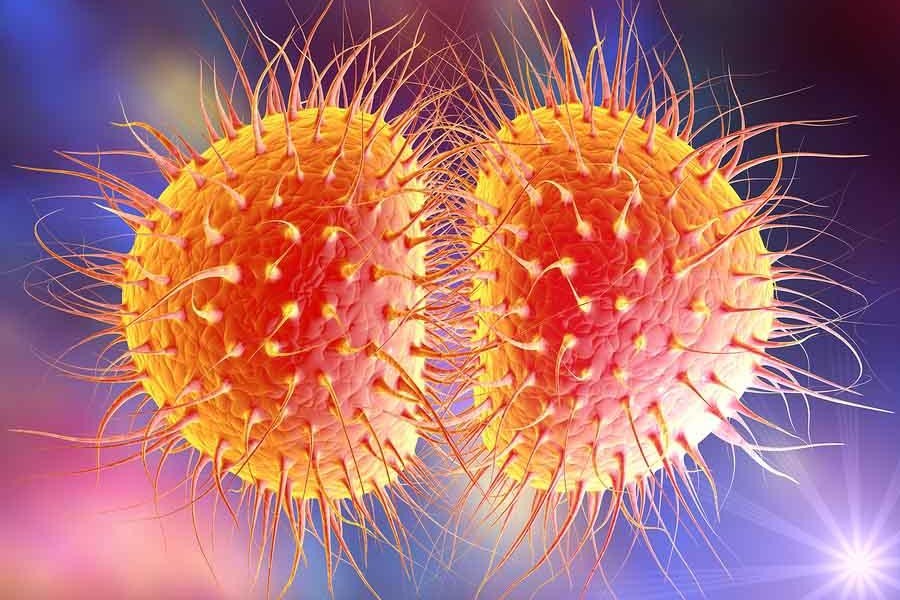
STIs: everyone is at risk
It is generally accepted that “intimate” diseases cannot occur in family people. However, this statement is not true. And the reason for this is infections that could have entered the body long before entering into a relationship.
Even at birth
The “intimate microflora” is very diverse. There are both “indigenous” residents and “newcomers”. And sometimes there are those for whom “entry” is prohibited.
It is not difficult to guess that the representatives of the first group include, for example, lactobacilli of the vagina, which live in this locus and create a line of defense for the mucous membrane.
Representatives of the latter are absolute pathogens, the detection of which even in single “specimens” and in the absence of symptoms requires treatment and control. And they include here: pale treponema (syphilis), gonococci (gonorrhea), chlamydia and mycoplasma genitalia.
The group of “newcomers” consists of conditionally pathogenic flora, which can be “obtained” even at birth, as a result of contact with the mother’s intimate flora.
These bacteria (ureaplasma, mycoplasma hominis, gardnerella, candida fungi) and viruses (herpes, HPV, cytomegalovirus) can pass through the urogenital tract “in transit” or stay for years, and also live asymptomatically (normally) or cause serious pathology when
Thus, a decrease in immunity, surgery, chronic diseases, hormonal imbalance, severe stress and other factors that weaken the body allow the conditioned flora to “bloom in full force.”
And symptoms of bacterial activity are itching, discharge, unpleasant odor, discomfort during intercourse, sometimes rash and redness.
Not sexually
Do not forget about the three formidable representatives of STIs, which can be infected without sexual intercourse.
Of course, we are talking about HIV, hepatitis B https://en.wikipedia.org/wiki/Hepatitis_B and C.
Infections can be caused by inadequately processed medical instruments or transfused blood, as well as needles for piercing, tattooing and permanent makeup.
However, for infection, for example, in the case of hepatitis B, only a few viral particles may be sufficient. A long latent period of infections “allows” to infect a sexual partner, even before the disease manifests itself.
Thus, sexually transmitted infections pose a serious danger at absolutely any age and for any social status, and regular screening remains the only way of early detection.
It is generally accepted that “intimate” diseases cannot occur in family people. However, this statement is not true. And the reason for this is infections that could have entered the body long before entering into a relationship. Even at birth The “intimate microflora” is very diverse. There are both “indigenous” residents and “newcomers”. And sometimes…